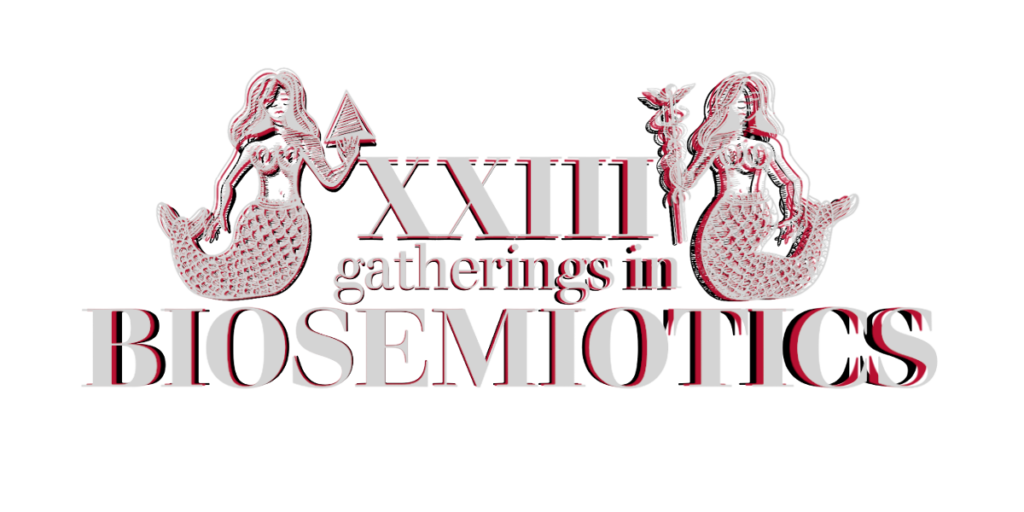The Signifier’s Objects: A Temporal Phenomenology through Lacan and Uexküll
The connection between Biosemiotics and Phenomenology is natural and necessary. Uexküllian thought, since the time of Heidegger, has pollenated profound philosophical insights into the nature of human and non-human worlds, and in return, traditional biosemiotics has held a crucial foothold in phenomenological thought. Without critical phenomenology, biosemiotics is threatened with a materialist stagnation; without biosemiotics, phenomenology risks a spiraling self-gratification into idealism. It is my opinion that current trends show symptoms of this mutually becoming the case. A tradition heretofore only minimally engaged by current biosemiotics is that of French psychoanalysis, particularly that of the Lacanian school. When considering the profound theoretical influence of Uexküll and mid-century ethology on Lacan’s thought, as well as the devastating critiques levelled by the Lacanian school against French existentialist, Heideggerian, and Husserlian phenomenology, it is a wincing mistake as biosemioticians to have passed over this episteme for so long.
Through a critical reading of Lacan’s seminar IV, The Object Relation, I will follow in Lacan’s footsteps by proposing a theory of experiential objects that are constituted not by a Husserlian ego, but by the unfolding of a particular ‘signifier’. In a basically autopoietic move, Lacan’s notion of objects, as they are constituted in a growing subject, serve to orient and disclose the subject’s lived reality within a particular mythological structure; the particular object qua fixed object is a point de capiton in the autopoietic myth. In this unfolding of the signifier-myth, objects appear as fetishistic or phobic fixities that answer to the subject’s developmental anxieties. Such objects can then become the infamous objet a of Lacanian theory; the object of desire, ever pursued and necessarily deferred. As has been shown and will be shown again, however, both by Lacan’s review of psychoanalytic case studies and some of his most crucial writings, the object-statuses granted by the developing myth exist within a degree of substitutivity and arbitrariness. The object of desire is primarily a function of the mythical developmental signifier, and not an object in-itself. Experiential objectivity to Lacan, then, is derivative of a basically diachronic process, an objectivity determined by orientation and approach rather than some essential qualitative characteristic. In his seminar IV, this was explored in the phobias that appear around the Oedipus myth of Freud’s Little Hans case study, and primarily concerns a societal negotiation of phallic stimulus. It is very interesting, therefore, to notice that a strikingly analogous diachronic unfolding of signifiers may be observed in Uexküll’s notion of the ‘functional cycle’. In his famous example of the Tick, three stages of significant operations must be passed through to complete the tick’s feeding functions; light, sweat, and warmth, each with a functional encoding. Here, the experiential ‘objects’ of the tick, that is, its perceptual cues, necessarily imply the completion of one functional cycle and the procession to a new, discrete one; sweat is not simply the tick’s impulse to drop from its grass, but also the diachronic implication of feeding-to-come. To put it simply, the action of the tick may be a strictly coded physiological response (smell → drop), but carries the necessary implication of a particular response, namely, the possibility or impossibility of feeding upon what it lands. With such an understanding of objects as fundamentally diachronic, I hope to propose a new phenomenology that can appraise the constitution of signifiers and signifier-elements, the very bauplan of humans and animals, which deviates significantly from phenomenological monism as equally as popular contemporary metaphor-absolutism of the cognitive sciences.

